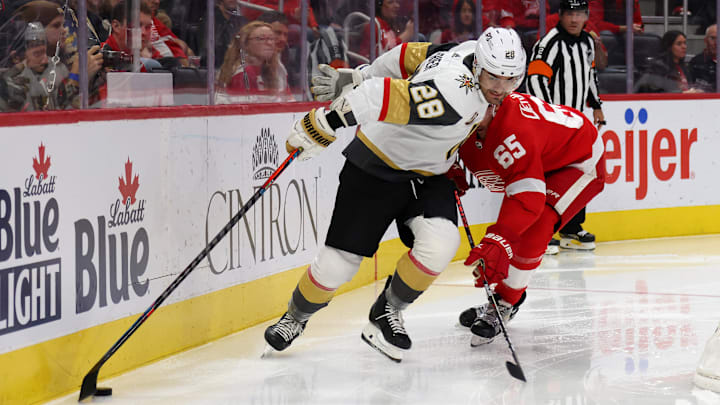The game of hockey is a complex thread of rules woven into one. You have your penalties for protecting the game's respective players. That includes slashing and boarding, which can harm a person on the ice. Then there are harmless plays that hinder a game's progress. They also stop a team from spamming specific strategies, making the game more justified and fair.
One of those calls is icing, a rule in the game. There's more to this rule than simply stopping the flow of play. It's one of the aforementioned strategies a team could spam if the rule didn't exist. After all, that would make the game less fun to watch, especially if everyone was doing it. Nobody likes a boring game, you know.
This is another post for newer hockey fans on one of the more common rules. It's an overview of what happens when a player does this and what the aftereffects are. What does it mean to ice the puck? Are there any ramifications to committing such an act? Get your pen and pad of paper out because it's time to learn another rule for your hockey-watching experience.
The definition of icing in hockey (and the NHL)
No, icing isn't when an NHL player whips out a cake and decorates it to please the referees. If that were the case, opposing fans would get on the Vegas Golden Knights for another perfectly legal thing. Instead, the act is a strategy to disrupt a foe's offensive attack. That's done by dumping the puck past the center red line and the opposing team's goal line. If nobody else touches the puck before the now-defensive player, that's when it's called.
That results in a face-off in the defensive end of the offending team that caused the infraction. Of course, there's an exception to this rule with a short-handed team, with Hockey Canada giving the layout.
"Icing will not be called and play will continue if the team shooting the puck is below the numerical strength of the opposing team at the instant the puck is shot."Hockey Canada, Rule 6.7
When an opposing team tries to kill a penalty, they can clear the puck from their defensive zone without consequence. That also goes for the puck touching any part of an opposing player's body, stick, or skates before crossing the goal line and between that area and the center red line. There will also be no call if the opposing player chooses not to ice the puck (with the goaltender being an exception), according to the official.
If you came into this thinking that icing was creating more ice or something related to food, you'd be wrong. It's a call that's mostly harmless, aside from having a faceoff in the defensive zone. Still, one false move and the opposing team will get a goal.
